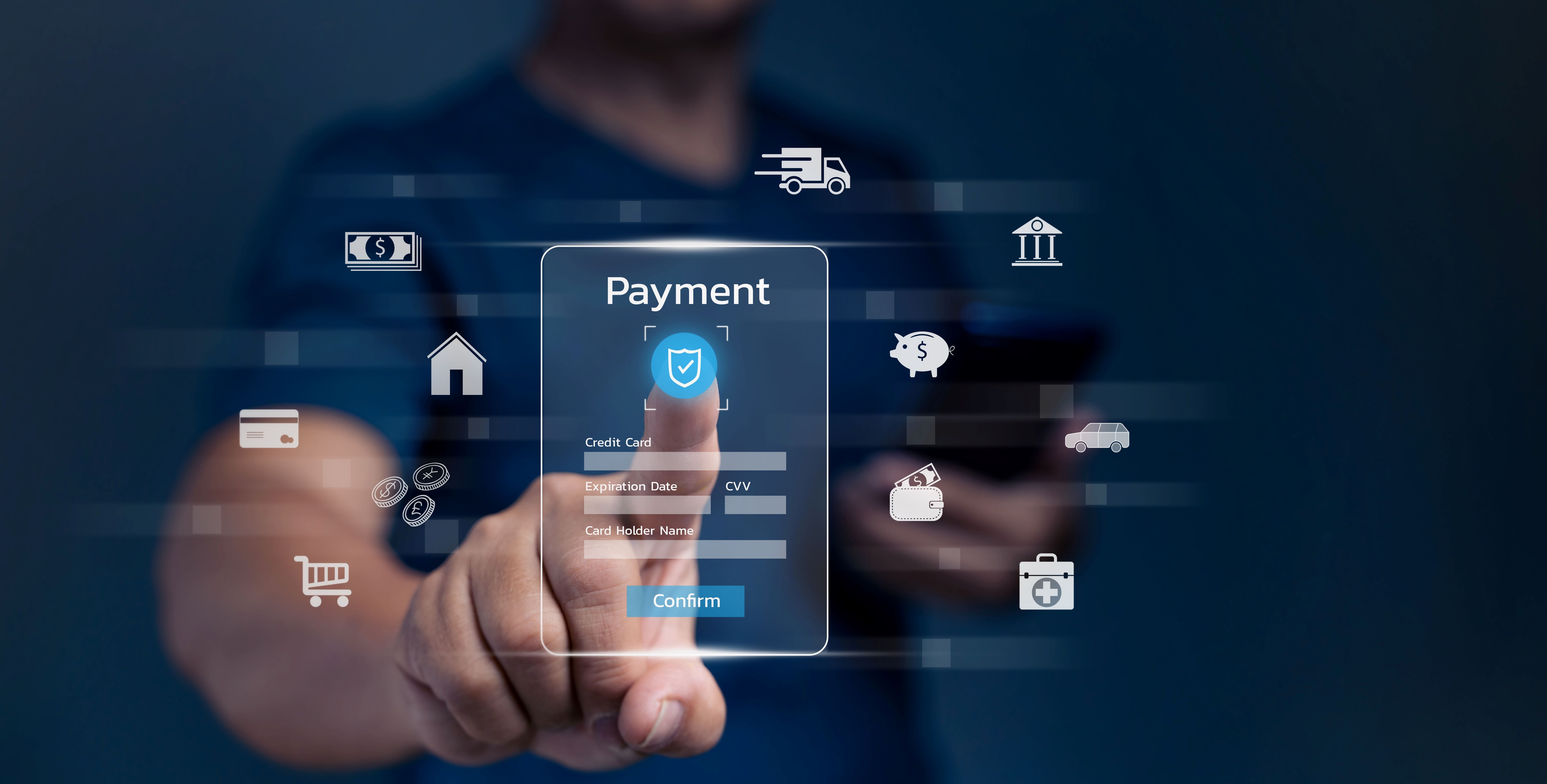Much talk has been of “wallet wars” in recent months as digital wallets become part of the payments system. This payment wallet's popularity has been captured by a report from Juniper Research that expects 60% of the global population will use digital wallets by 2026. The fact is that the payments system is an ecosystem, but do eWallets have the power to become a central player in the ecosystem, or will they end up on the reserve bench?
The global view of eWallets for payments
Analyst predictions for the eWallet payments market vary, but an example to offer a flavor of the value of this market comes from Facts & Factors. According to their report, the value of mobile payments globally will reach $607.9 billion by 2030, growing at a CAGR of 35.5% between 2023 and 2030. However, digital (eWallets) uptake for payments is inconsistent across geographies. Interestingly, data compiled by GlobalData surpasses the Facts & Factors predictions, with expectations that the Indian market alone will be worth over $5 trillion by 2027. However, the one thing all analysts have in common is that the use of wallets for payments will surge in the next few years.
The drivers for the uptake of payment wallets have been a mix of digital transformation, leading to better customer options and improved customer relationships. Adding fuel to this mix has been increased eCommerce and eRetail offerings, driven by the restrictions created during the Covid-19 pandemic. This storm of enabling forces has created a perfect environment for thriving wallet payments. But it appears that certain parts of the world are earlier adopters of technologies like eWallets than others, for example:
China
China has to take the award for unbridled mobile payments success, with Alipay and WeChat Pay dominating the market in China; WeChat is expected to have 1.67 billion monthly active users (MAU) in 2023.
Southeast Asia
A series of McKinsey interviews with experts in the mobile wallet arena in Southeast Asia noted extensive opportunities for payments using wallets, with around 60% of citizens in SEA being unbanked and only about 17% of transactions being cashless.
Africa
In Kenya, the digital payments wallet M-Pesa has been a success, opening up payment rails for the unbanked. As of 2021, M-Pesa had over 50 million users (and rising) across Africa.
Middle East
A Research and Markets survey into digital wallet payments in the Middle East and Africa has found that respondents expect that by 2025, digital wallets will be the preferred payment method by consumers.
USA
According to YouGov, 60% of American adults in the USA used mobile payment wallets in 2021; the most popular payment apps are Apple Pay, Amazon Pay, Google Pay, and PayPal.
According to Deloitte, almost all developed countries have over 90% smartphone penetration, each with the potential to hold a payment wallet. The Deloitte report, however, notes that in these countries, except China, less than 15% use a smartphone to make a payment because of a perception of a lack of security and benefits. Regarding benefits, as large corporates tap into the mobile payment model, the viral effect of streamlined payments will help this payment method surge. Security must also be a top priority.
How big tech is normalising the eWallet
People like simplicity. This is why great design is often the simplest pattern. Apple, renowned for its excellent and simple design, is cementing its place in mobile wallet payments to enhance market share. Apple Pay is increasingly popular because of its central and ubiquitous place within the eCommerce payments system, with 85% of merchants in the USA accepting Apple Pay. However, according to reports, in-store transactions using Apple Pay have lagged, but this is changing. As big tech works to normalize the use of wallets for payments, the public will become more accepting of the digital wallet. As incumbents like Apple and Google work to design impressively simple payments, users will choose these options. And as prominent vendors such as Netflix and public transport offer mobile payments as part of their service, the use of eWallets for payments will become normalized. In 2022, Apple Pay had 535.8 million users, still far behind WeChat, but it may be the wallet powerhouse behind the payments sector in countries outside of AsiaPac.
The coming eWallet storm before the calm
A 2022 report from ACI Worldwide, "Prime Time for Real Time," found that more than half of global consumers now hold and use a mobile wallet; however, if the report from Deloitte is to be accepted, perhaps wallets are being used as much as they could be for payments, yet…. The tide seems to be coming to the shore, and payments will be part of a more significant play for wallets. Dave Birch, in a Forbes article entitled "The Wallet Wars Are Not About Money, They Are About Identity," tells the reader that "for banks to make their wallet indispensable is not to compete with Big Tech on payments, but to focus on identity to expand the ecosystem around their wallet." This interesting view may see eWallets transform payments and be intrinsically linked to identity, perhaps even playing a part in KYC/CDD.
As mobile wallets become used more often, trust will develop, but only with careful consideration of the security of payments, across real-time and instantaneous payment rails. With anti-fraud measures underpinning the security of payments, eWallets, and mobile payments look set to become an intrinsic, perhaps ubiquitous part of the payments ecosystem. However, caution must be maintained as cybercriminals adjust their fraud tactics to use the wallet, exploiting this method as they do with online payments. Transactional, real-time fraud checks will be a vital part of this ecosystem, no matter where the payments begin or end.





